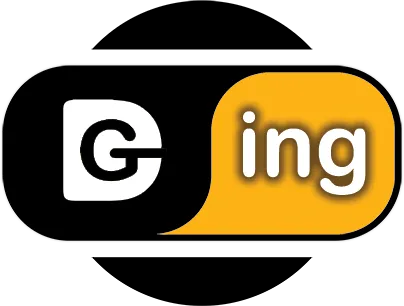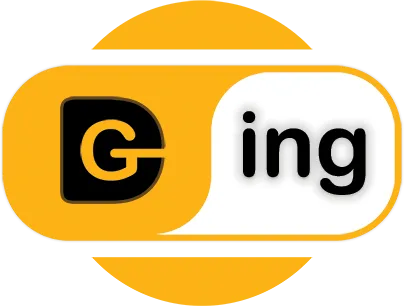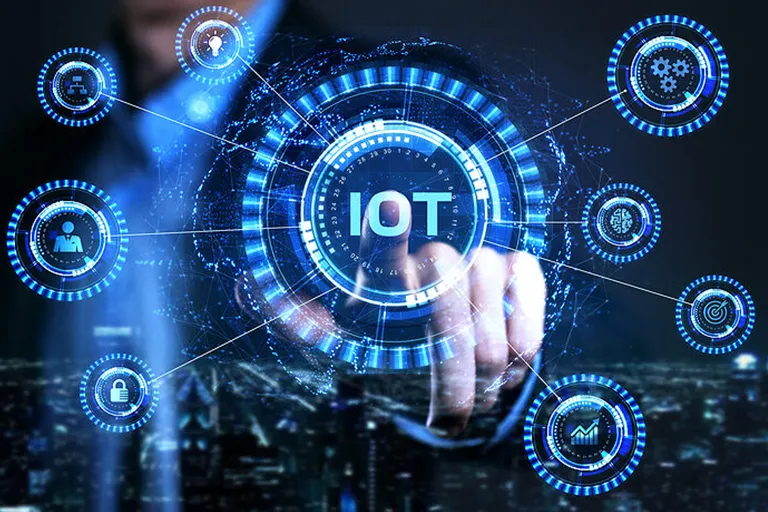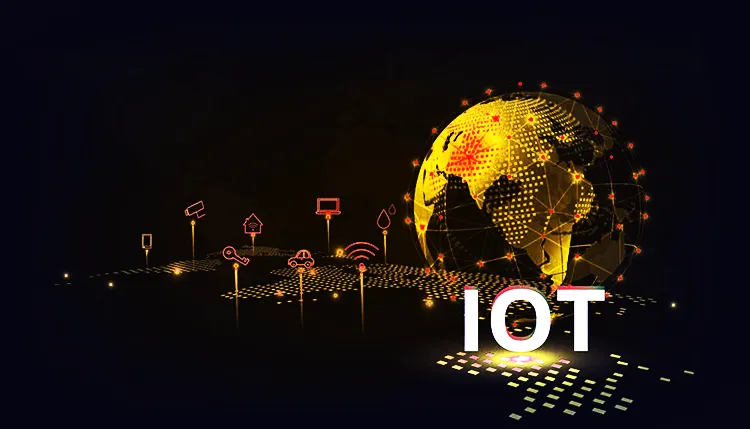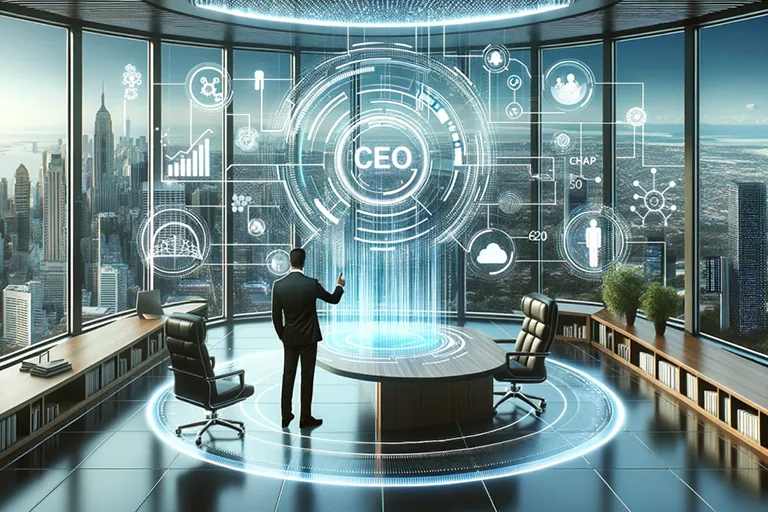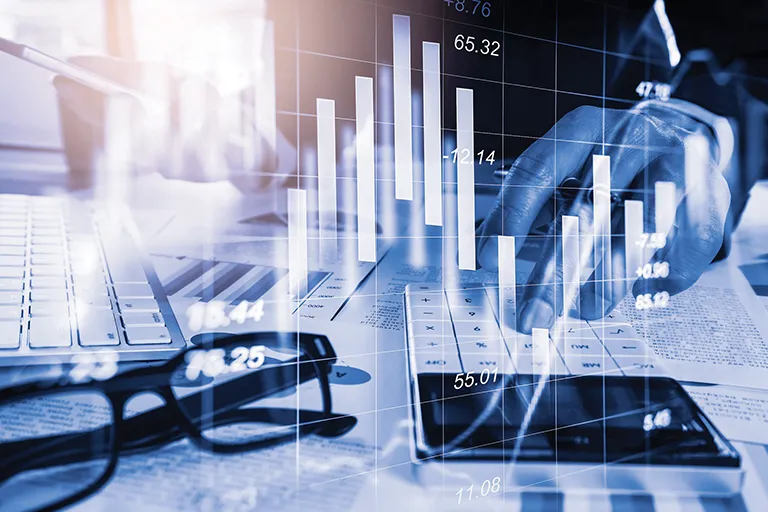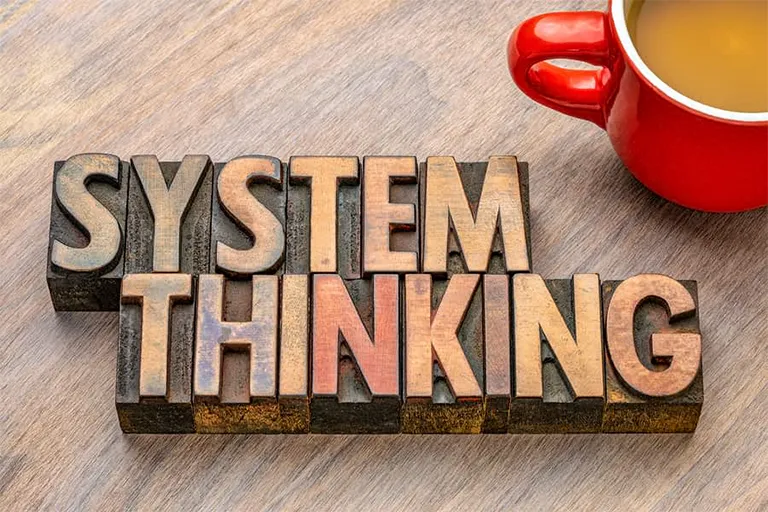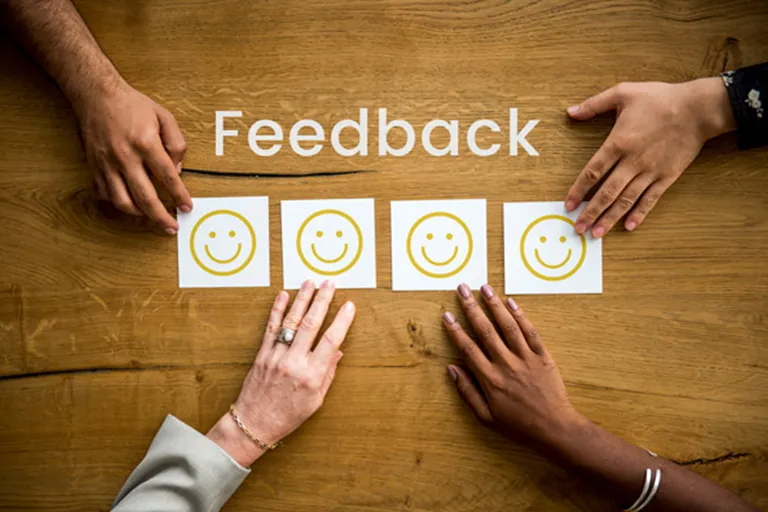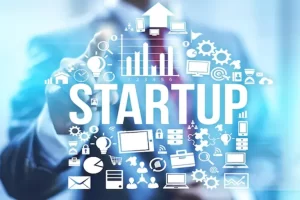In this article, the preliminary points about the definition of the Internet of Things and the applications of the Internet of Things have been discussed, and the only goal was to explain this concept in the simplest way and in a non-specialist way.
We have known the Internet for decades. A set of computers that are connected to each other and exchange information with each other.
Of course, a few decades ago, computers meant computers for large research laboratories and later desktop computers.
For a long time, laptops have been added to the number of computers available on the Internet.
Mobile phones were also other devices that became guests of the internet platform.
Every day, new devices are connected to the Internet. Smart watches are an example of these devices.
Cars, home lighting systems, refrigerators, traffic lights, are all devices that are added to the Internet as an independent unit.
Computers are not necessarily just a keyboard, case, and monitor in the traditional way we know them.
They are embedded in the form of small parts, microcontrollers, electronic chips and modems, in our home and tools of life and environment.
Today, the Internet should be called the Internet of Things rather than the Internet of computers.
It is very important to remember the variety of devices and tools available in the IoT platform.
New capabilities of the Internet of Things
Although computers, laptops, mobile phones and smart watches account for a significant share of the devices in the IoT space in the first years, gradually a lot of new devices will be added to the set of previous devices.
The Amazon Echo device and similar examples offered by other manufacturers are examples of devices that have a serious presence in the IoT platform.
Also, security cameras inside buildings are another example of tools that have been present in the IoT platform, and of course, with the help of new communication technologies, their presence has become more prominent.
Of course, IoT cannot be defined only in terms of the Internet with the presence of objects. The fact that apart from computers and mobile phones, other devices have entered the Internet space has created new opportunities, capabilities and of course new threats.
The concept of the Internet of Things
Before the formation and expansion of the Internet of Things, computers and laptops and other devices connected to the Internet were generally communicating with each other through humans and at the command of humans. But in the Internet of Things, an important part of relationships is done without the intervention and sometimes even without the will, awareness and desire of humans.
For example, many of us use Google Map and this software shows us the best routes according to distance and traffic.
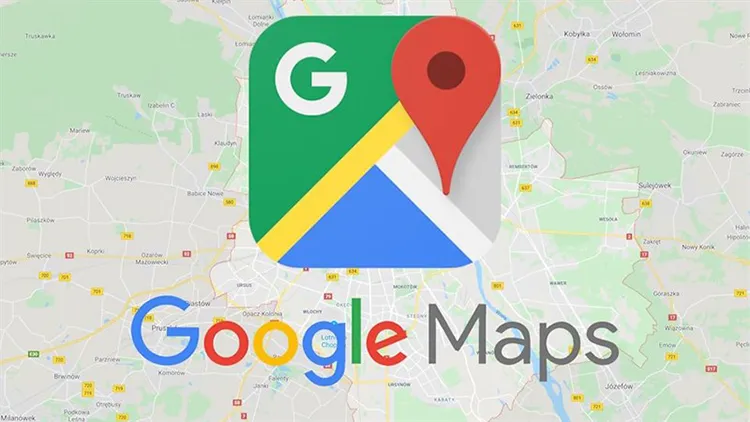
A significant part of Google Map users do not pay attention to the fact that an important part of Google’s traffic suggestions is calculated and extracted based on the information received from other mobile phones in the city. This point in itself is not good or bad.
But it’s important to remember the IoT flavor when using software like this:
Tens of thousands of mobile phones in our city, without talking to us or taking our time, are connected with each other and with several hundred server devices in different parts of the world, and with extensive and heavy calculations, they try to guide each and every human being to a more suitable path and with Drive less traffic.
In the past, this work was the exclusive task of the traffic police, and now the large digital communication network is gradually easing the burden of the police in this field.
In fact, the traffic police has become more of a traffic police, and the first half of the duty is becoming more and more digital every day.
Definition of Internet of Things
The Internet of Things is a system of computers, calculating machines, digital and mechanical devices, humans and animals, each of which is present in the network with an independent code and as a distinct device, and a significant share of information exchange, behavior and relationship between them. It is done without direct human intervention and supervision.
Article about Internet of Things
If you are interested in a more specialized and in-depth study in this field, the following file prepared by Mackenzie Company can be useful and effective.
Of course, this file belongs to 2015, but most likely, its content and structure will be quite useful and practical for you.
Internet of Things – Beyond the Hype
In particular, pages 35 to 97 can be informative as they discuss IoT applications in areas such as offices, homes, the transportation industry, factories, and more.
Please share with us if you have other examples in your mind that will help to better understand the concept of Internet of Things.
